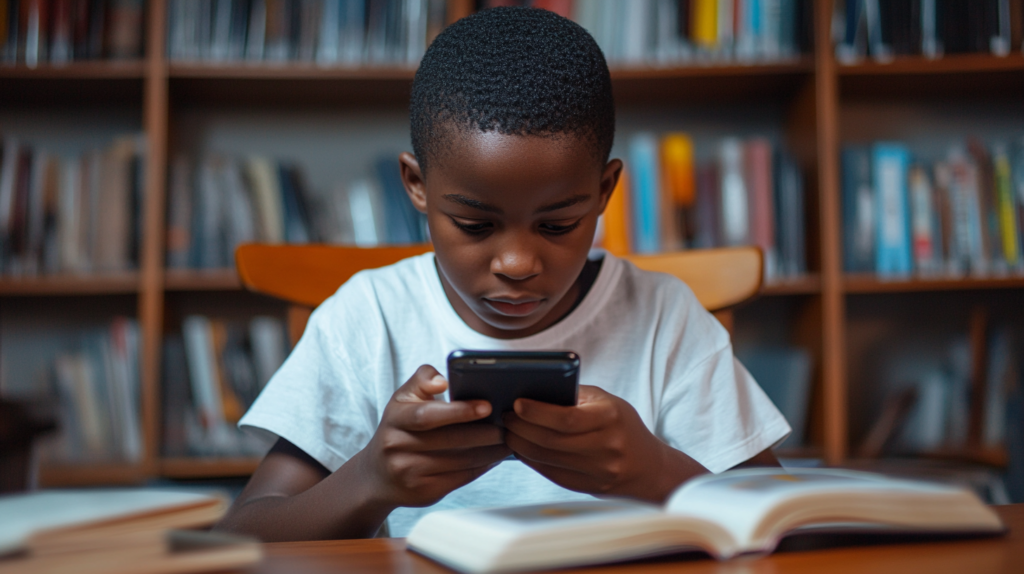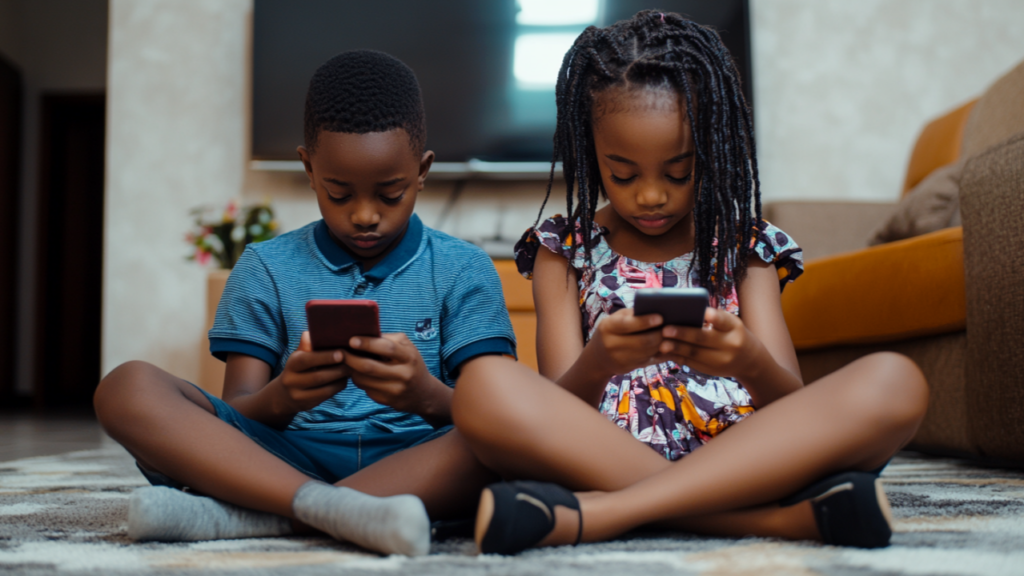Digital devices have become central to education, offering learners new opportunities to learn, explore, and excel. However, as a parent, you might notice that your child struggles to study effectively with these devices. They may find it hard to avoid distractions and perform below their potential academically.
Digital devices can provide an interactive and cost-effective solution when used effectively. Here’s how to help your child get the most out of studying with digital devices while avoiding distractions and other pitfalls.
The Importance of Effective Digital Learning
Studying with digital devices offers unparalleled access to educational content, interactive learning tools, and personalised study plans. Unlike traditional resources, digital platforms provide flexibility, adapting to each child’s pace and style of learning.
With educational tools like the uLesson app, students can access video lessons, practice tests, and even AI-powered homework help—all tailored to the curriculum. These resources make it easier for children to understand complex concepts, revise effectively, and improve their grades.
But while the potential is huge, the risks—such as distraction, overuse, and lack of structure—can undermine the benefits. To maximise your child’s success, adopting best practices for studying with digital devices is essential.

Tips for Helping Your Child Study With Digital Devices
1. Set Clear Rules for Device Usage
Create a schedule for when and how devices are used for studying. Limit recreational screen time to ensure devices remain tools for education during study periods. For instance, allow two hours of focused digital learning after school before recreational use.
2. Choose Reliable Educational Platforms
Opt for platforms like the uLesson app that offer interactive, curriculum-aligned resources. These platforms are designed to keep children engaged while helping them master their subjects.
3. Create a Distraction-Free Environment
Designate a quiet, well-lit study area at home. Ensure unnecessary apps, notifications, and games are turned off during study sessions. Apps like “Forest” or “Focus Keeper” can help children stay on task.
4. Teach Digital Etiquette
Educate your child on responsible device use. Encourage them to treat devices as learning tools, not distractions. For example, they should avoid switching tabs unnecessarily or using devices in bed to maintain focus and healthy habits.

5. Encourage Breaks
Studying for long periods can lead to fatigue and reduced focus. The Pomodoro Technique—studying for 25 minutes, then taking a 5-minute break—is an effective way to keep their mind fresh and active.
6. Monitor Progress and Engagement
Track your child’s progress on learning platforms. For example, the uLesson app provides detailed learning reports that allow parents to see where their child excels and where they need additional support.
7. Incorporate Offline Activities
Balance digital learning with offline activities like reading textbooks or notebooks, solving written exercises, or engaging in practical projects. This helps reinforce learning and reduce dependence on screens.
8. Protect Against Eye Strain
Encourage the “20-20-20 rule”: every 20 minutes, your child should look at something 20 feet away for 20 seconds. This protects their eyes from digital strain and improves focus.
9. Opt for a Dedicated Learning Device
The Education Tab 2 offers a seamless learning experience by allowing students to access educational content offline, meaning they can study anytime, anywhere, without needing an internet connection. This ensures that your child can engage with video lessons without internet access which ushers in distractions.

Additionally, the device includes parental controls that enable you to monitor your child’s activities, set time limits, and restrict access to non-educational content, helping them stay focused on learning while giving you peace of mind.
How These Practices Address Common Challenges
By implementing these strategies, you’ll address the very challenges that worry many parents:
- Difficulty in studying for long periods: Structured breaks and focused study environments improve stamina and focus.
- Understanding difficult concepts: Personalised platforms like the uLesson app make tough topics simpler with engaging video lessons and practice tests.
- Improving grades: Regular progress tracking and interactive learning keep children motivated to perform better.
Helping Your Child Thrive With Digital Learning
Digital devices can transform your child’s learning experience when used wisely. By setting boundaries, choosing the right tools, and balancing on-screen and off-screen learning, you can help them stay focused, understand their lessons, and improve their grades.
uLesson is committed to supporting parents like you in providing personalised, effective learning for your children. Download the uLesson app or use the web app and explore how they can complement your efforts and help your child achieve their academic potential.
NB: For the first five days after registering on the uLesson app, you enjoy premium access for free! Hurry now to see how uLesson can help your child thrive in the classroom and beyond.



